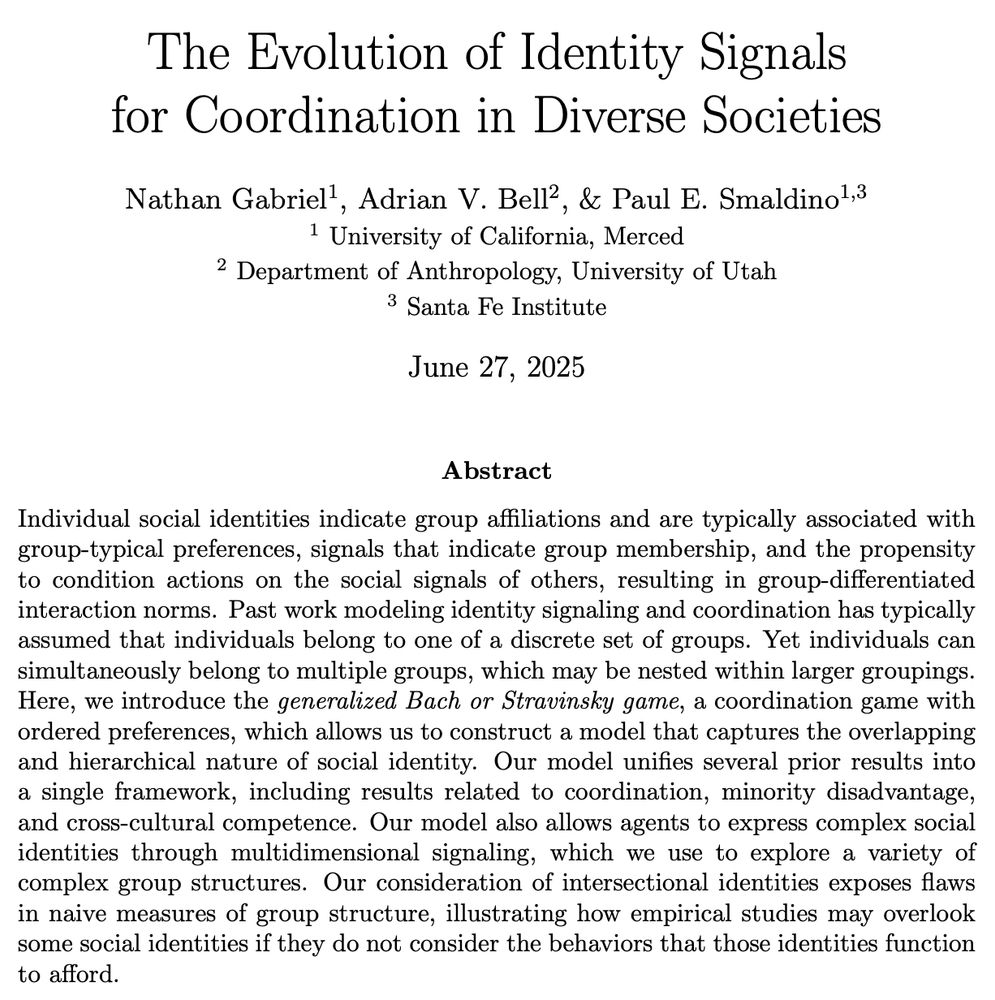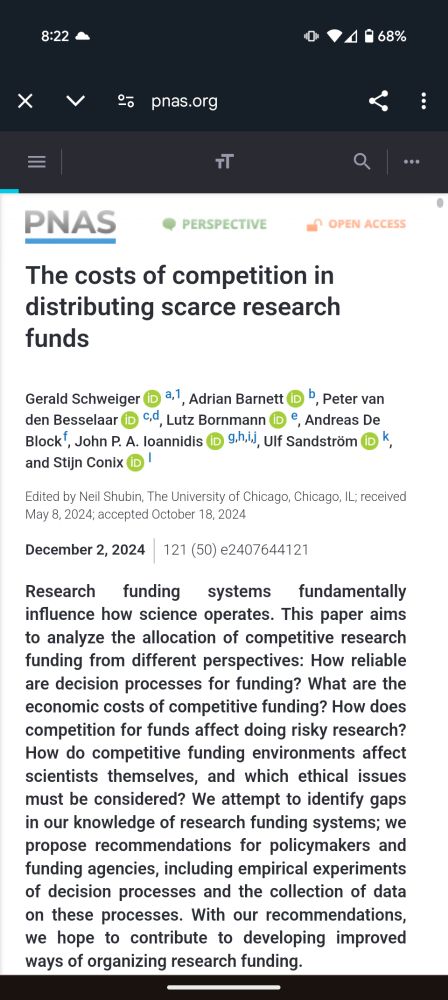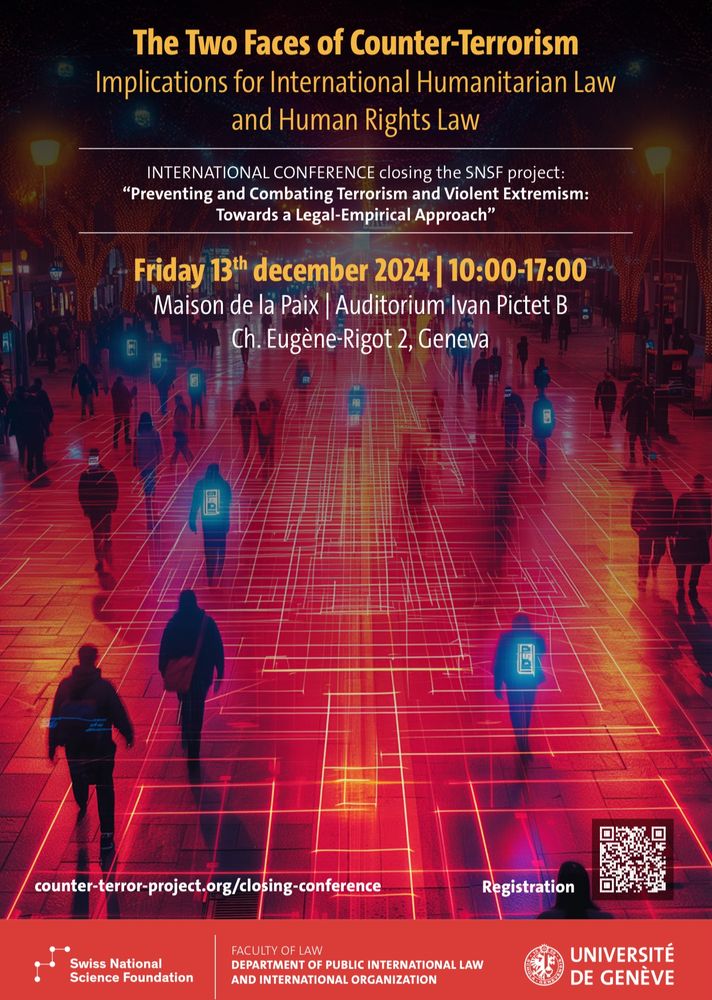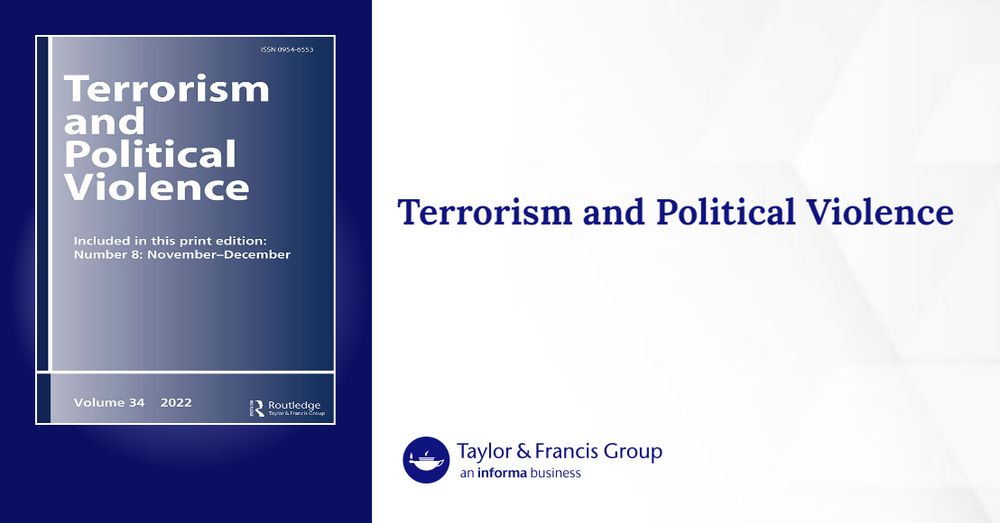
High rates of polygyny do not lock large proportions of men out of the marriage market | PNAS
There is a widespread belief, in both the scholarly literature and the popular press,
that polygyny prevents large numbers of men from marrying by ...
🚨 The Economist has been telling you for years that polygamy causes civil war by locking men out of marriage. A new article with @rebeccasear.bsky.social and @anthrolog.bsky.social explains that the demography of marriage markets doesn't actually work that way. 🧵
www.pnas.org/doi/10.1073/...
06.10.2025 12:43 — 👍 123 🔁 48 💬 3 📌 6

Released today!
SEVEN DECADES: HOW WE EVOLVED TO LIVE LONGER
Now available at your favorite bookseller.
Leave a review on Goodreads or Amazon if you can.
Please help spread the word!
#sevendecades @princetonupress.bsky.social
16.09.2025 23:56 — 👍 54 🔁 17 💬 7 📌 2

This New Yorker essay about New Yorker fact-checkers is terrific.
www.newyorker.com/magazine/202...
07.09.2025 20:58 — 👍 56 🔁 8 💬 0 📌 1
“People who have difficulty identifying and expressing emotions are more likely to endorse causing harm if it benefits the greater good.” I would reverse this causal logic and propose additional mechanisms. Essentially, those observed features are symptoms(rather than causes)of a functional system.
30.07.2025 07:48 — 👍 0 🔁 0 💬 0 📌 0
Ecstatic to be on @epthepod.bsky.social with @davidpinsof.bsky.social and @dpietra.bsky.social. A rare chance to talk in depth about my work, especially with such exceptional colleagues.
Highly recommend their other episodes too!
09.07.2025 01:58 — 👍 0 🔁 0 💬 0 📌 0

Individual social identities indicate group affiliations and are typically associated with 3 group-typical preferences, signals that indicate group membership, and the propensity to condition actions on the social signals of others, resulting in group-differentiated interaction norms. Past work modeling identity signaling and coordination has typically assumed that individuals belong to one of a discrete set of groups. Yet individuals can simultaneously belong to multiple groups, which may be nested within larger groupings. Here, we introduce the generalized Bach or Stravinsky game, a coordination game with ordered preferences, which allows us to construct a model that captures the overlapping and hierarchical nature of social identity. Our model unifies several prior results into a single framework, including results related to coordination, minority disadvantage, and cross-cultural competence. Our model also allows agents to express complex social identities through multidimensional signaling, which we use to explore a variety of complex group structures. Our consideration of intersectional identities exposes flaws in naive measures of group structure, illustrating how empirical studies may overlook some social identities if they do not consider the behaviors that those identities function to afford.
New preprint w/ Nathan Gabriel & @avbell.bsky.social: The Evolution of Identity Signals for Coordination in Diverse Societies
The model tackles multiple nested/overlapping identities and complex signaling structure. Recovers lots of old results and adds several new ones osf.io/preprints/so...
01.07.2025 14:58 — 👍 32 🔁 10 💬 1 📌 0
Meet the speakers behind our #WplusEBS panel at #HBES2025:
“Gender and identity in the evolutionary human sciences”
🗓️Friday, June 6th
⏰4:50pm - 6:10pm
We’re highlighting each panelist in this thread so read on! 👇1/6
28.05.2025 17:24 — 👍 8 🔁 6 💬 1 📌 1
LGBTQ+ or an ally? Don't miss the LGBTQ+ Networking & Social Event at #HBES2025, Atlantic City! 🌈 / June 4 at 8 PM at 10 North Lounge inside the Tropicana. Make new friends, reconnect with old ones, and spark collaborations. Questions? Contact @mbarlev.bsky.social or @mikemoncrieff.bsky.social
28.05.2025 12:06 — 👍 0 🔁 1 💬 0 📌 0
🙌 can’t wait for this!
15.05.2025 18:43 — 👍 0 🔁 0 💬 0 📌 0
Damn typo… 😆
16.03.2025 01:04 — 👍 0 🔁 0 💬 0 📌 0
I am too (for broader reasons), which is says much as a citizen.
16.03.2025 01:02 — 👍 2 🔁 0 💬 1 📌 0

The Internet Is Worse Than a Brainwashing Machine
A rationale is always just a scroll or a click away.
Indeed, I think this is exactly why the internet plays such a prominent role in the radicalization process. Hitting upon collectively endorsed justifications likely green-lights harmful actions.
www.theatlantic.com/technology/a...
06.01.2025 18:51 — 👍 1 🔁 0 💬 0 📌 0

"A study of federally funded research projects in the United States estimated that principal investigators spend on average about 45% of their time on administrative activities related to applying for and managing projects rather than conducting active research"
www.pnas.org/doi/10.1073/...
04.01.2025 13:26 — 👍 1004 🔁 468 💬 34 📌 85

‘A perfect storm’: Extremism online and political polarization are increasing risk of attacks, experts say
Accessing extremism online has never been easier, the threat has never been higher, and the ideology of those conducting attacks has never been more splintered.
Arie is right, and envy is responsible for such violent responses to perceptions of lowered status. “‘When people feel disempowered because of immigration, economic inequalities […] they are motivated [and] may be compelled to take violent action...” bit.ly/4iZ5iZf
04.01.2025 19:49 — 👍 2 🔁 0 💬 0 📌 0

Direct perception of affective valence from vision
Nature Communications - The authors show that affective valence is tied to visual processing. They identify a direct route from visual features to valence experience, separate from higher-order...
New paper from Adam Anderson's lab at Cornell showing evidence of visual "affective affordances" - predicting human valence ratings from low level image statistics independently of centrally modulated valence arising from image content and arousal. www.nature.com/articles/s41...
31.12.2024 15:23 — 👍 6 🔁 2 💬 0 📌 0
In this pathway, neutralizing perceived social competitors overrides strategies like competition or avoidance. Envy orchestrates radicalization’s effects, such as target fixation, goal preoccupation, and aggression.
19.12.2024 12:51 — 👍 1 🔁 0 💬 1 📌 0
Over one year and still missing Pierre. The moments we spent working together will always be among the best of my life. So proud of what we were able to discover. I’m so thrilled to share the next round of publications (coming soon) as a result of our friendship.
01.12.2024 20:08 — 👍 1 🔁 0 💬 0 📌 0


Come join my team as we close out and celebrate our last 6 years of research! It’s bitter sweet as I will certainly miss working so closely with such an amazing team of brilliant scholars and the many others who we have been so fortunate to have as dear friends and collaborators.
lnkd.in/eUAgJCge
29.11.2024 18:02 — 👍 1 🔁 0 💬 0 📌 0

From Envy to Radicalization - Evolutionary Psychological Science
Models of radicalization have typically placed grievances at the heart of radicalization. In contrast, we argue that viewing the radicalizing agent as decidedly proactive, and less reactive, better ac...
What psychological mechanisms drive the dramatic changes observed during radicalization? We argue that the functional mechanisms of envy should take center stage in future research.
Excited to celebrate this article’s one-year anniversary at the end of the month!
16.11.2024 05:33 — 👍 1 🔁 0 💬 0 📌 1
Making the move from X.
16.11.2024 05:18 — 👍 3 🔁 0 💬 0 📌 0
Exploring how we're fooled. Join 70,000 readers: gurwinder.blog
Predoc. Health inequalities and stuff
https://www.mblund.com/
Associate Prof @UvA_Amsterdam
| Populist Comm | Program Group Leader @PolComm | Board Member @UvA_ASCoR
MS Biology, MPH, MS Cybersecurity |
Evolutionary Biologist 🪼| SciComm ✍🏻|
Bioinformatician 🖥️🧬| Public Health 🛟|
Notorious Bot Hunter 💀| PNW 🌲|
Git: https://github.com/bpwhite
Art: https://crvscience.com
Moral philosopher by day, political scientist and psychologist by night
Experimental anthropologist, cognitive scientist, dad, author of Ritual: How seemingly senseless acts make life worth living
The Violence and Society Centre is an interdisciplinary research centre at City St George's University of London. We engaged in violence-related research across the Social Sciences, including Sociology and Politics and Law and Health.
Independent researcher, studying the links between political science and public understanding of science. #politicalpsychology #far-right #geneticessentialism. From Canada
Building personalized Bluesky feeds for academics! Pin Paper Skygest, which serves posts about papers from accounts you're following: https://bsky.app/profile/paper-feed.bsky.social/feed/preprintdigest. By @sjgreenwood.bsky.social and @nkgarg.bsky.social
Assistant Professor of Anthropology at WSU studying how people work together to respond to environmental change and infectious disease across E. Africa. Interdisciplinary and plays well with others. He/him
Website: kristophermsmith.com
Incoming psych PhD student @ UC Santa Barbara
evolutionary psychology | computational modeling | group dynamics
Social Psychologist | Postdoc @Wharton UPenn | Exploring Psychological Flexibility | Behavior Change for Good | https://ko-ahra.github.io/
Math models to understand societies and social psychology.
https://jliep.github.io/
Actual evolutionary psychology by actual evolutionary psychologists.
Website: https://epthepod.podbean.com
Support us on patreon: patreon.com/epthepod
Youtube: https://www.youtube.com/@EvolutionaryPsychologyThePod
Journaliste et productrice de podcasts
🎧 A produit la saison 1 du Coeur sur la Table (Binge Audio) et + de 50 épisodes de L’Heure du Monde (@lemonde.fr)
🎙️ À dispo pour écrire, produire, présenter et réaliser des podcasts
PhD Student, University College Cork
The School for Advanced Research.
Create. Connect. Understand.
SAR: The only residential research institution supporting scholars & artists at the intersection of humanities, social sciences, & Native arts.
Anthropology I Archaeology I Humanities I Art
Center for Research on Extremism (C-REX): The Extreme Right, Hate Crime, and Political Violence, @statsvitenskap.bsky.social, @uio.no
Cognitive Scientist at Max Planck, Professor of Psychology
https://www.falkhuettig.com/
Author of 'Looking Ahead: The New Science of the Predictive Mind' published by Cambridge University Press on 6 March 2025.















